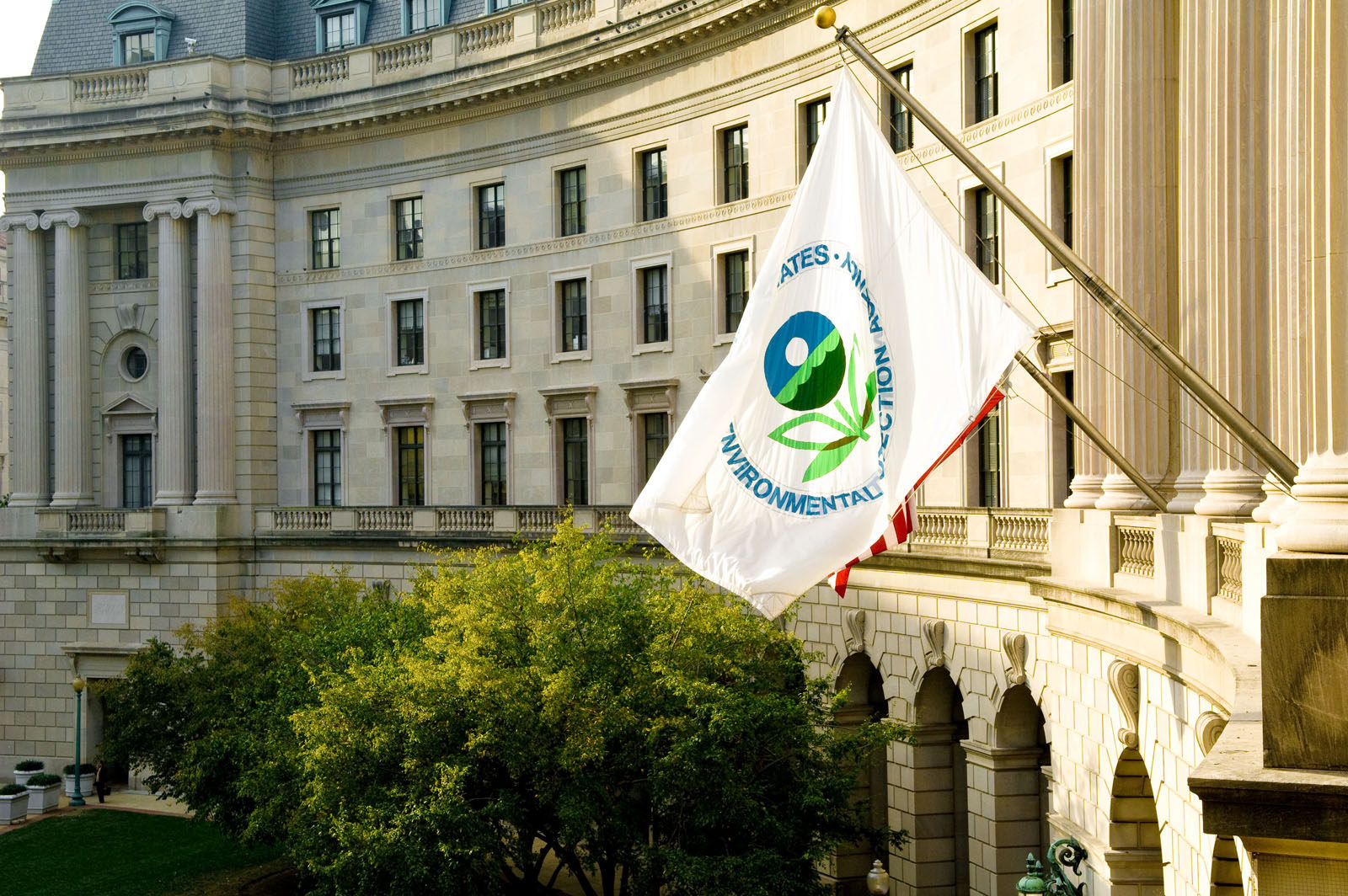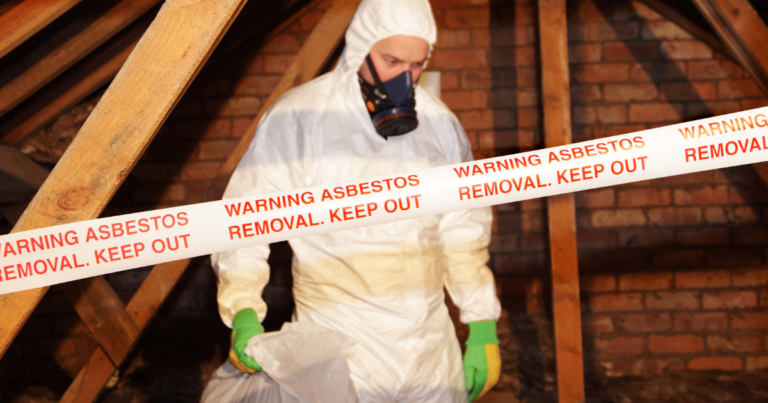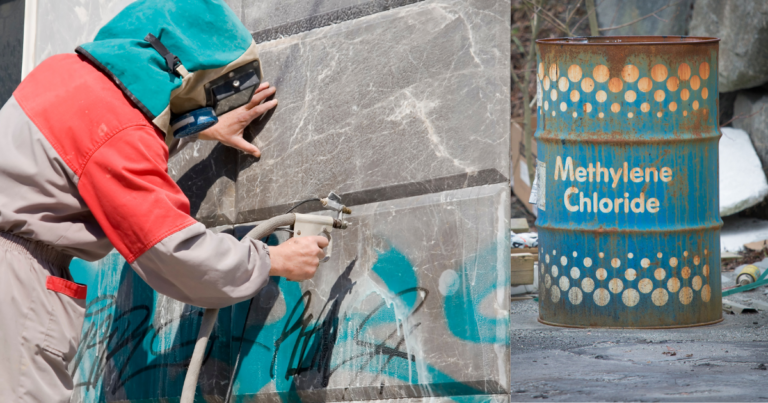Federal Policy
We’re working to change the way that chemicals are regulated so that the most dangerous ones don’t wind up polluting people, food, drinking water, and communities.
We are also advancing new approaches to regulation that are prevention-based, driving the safest solutions and ensuring the existing laws are working to protect people and the environment.
What we’re doing
- Educating policymakers from Congress to the Environmental Protection Agency to the Department of Defense
- Publishing scientific research that shows the impact of harmful chemicals and pollution on people and wildlife, particularly the most vulnerable
- Building grassroots power and partnerships to compel the federal government to act
Support Our Federal Policy Work
Act Now

FEDERAL POLICY
Key Projects & Priorities
TSCA Implementation: EPA, ban these dangerous chemcials!
Since the EPA plays a pivotal role in protecting public health from dangerous chemicals by using the tools in the reformed 2016 TSCA, Toxic-Free Future makes it a priority to urge EPA to take important actions under this law. Toxic-Free Future watchdogs and advocates for strong implementation of TSCA to extract as much benefit for public health and the environment as possible.
More
EPA: Expand Safer Choice
EPA’s Safer Choice label on a product assures consumers that each ingredient has been evaluated for its hazard and the most dangerous chemicals like PFAS, phthalates, and formaldehyde are prohibited. To meet the growing demand for safer products, EPA must dramatically expand Safer Choice to include products like cosmetics, personal care products, and formulated building products that often contain highly hazardous unregulated chemicals like PFAS that threaten our families’ health.
More
Congress: Ban toxic food packaging!
PFAS in food packaging is one of the largest uses of this dangerous class of chemicals. This is why one of Toxic-Free Future’s goals is to eliminate these toxic “forever chemicals” in food packaging. The Keep Food Containers Safe from PFAS Act of 2021 is a bipartisan bill that would ban the use of toxic PFAS in food containers and cookware. This legislation would help to prevent further pollution by prohibiting food packaging that contains intentionally added PFAS in at the federal level.
More
Impact
Our federal policy program was established in 2009 to fix the federal law for regulating chemicals, the Toxic Substances Control Act (TSCA). By organizing a coalition of hundreds of organizations and thousands of individuals called Safer Chemicals Healthy Families, we convinced Congress and President Obama to reform the law in 2016. While the final bill wasn’t what we’d hoped for, it was still a major victory for public health in a time of federal policy gridlock.
Since then, our work has prompted:
- EPA to ban deadly methylene chloride-based paint strippers for consumer use
- The Consumer Product Safety Commission to take action on toxic flame retardants in consumer products from electronics to mattresses
- Congress to begin to address the PFAS pollution crisis caused in part by the military’s use of toxic firefighting foam
Latest News On Our Federal Policy Work






